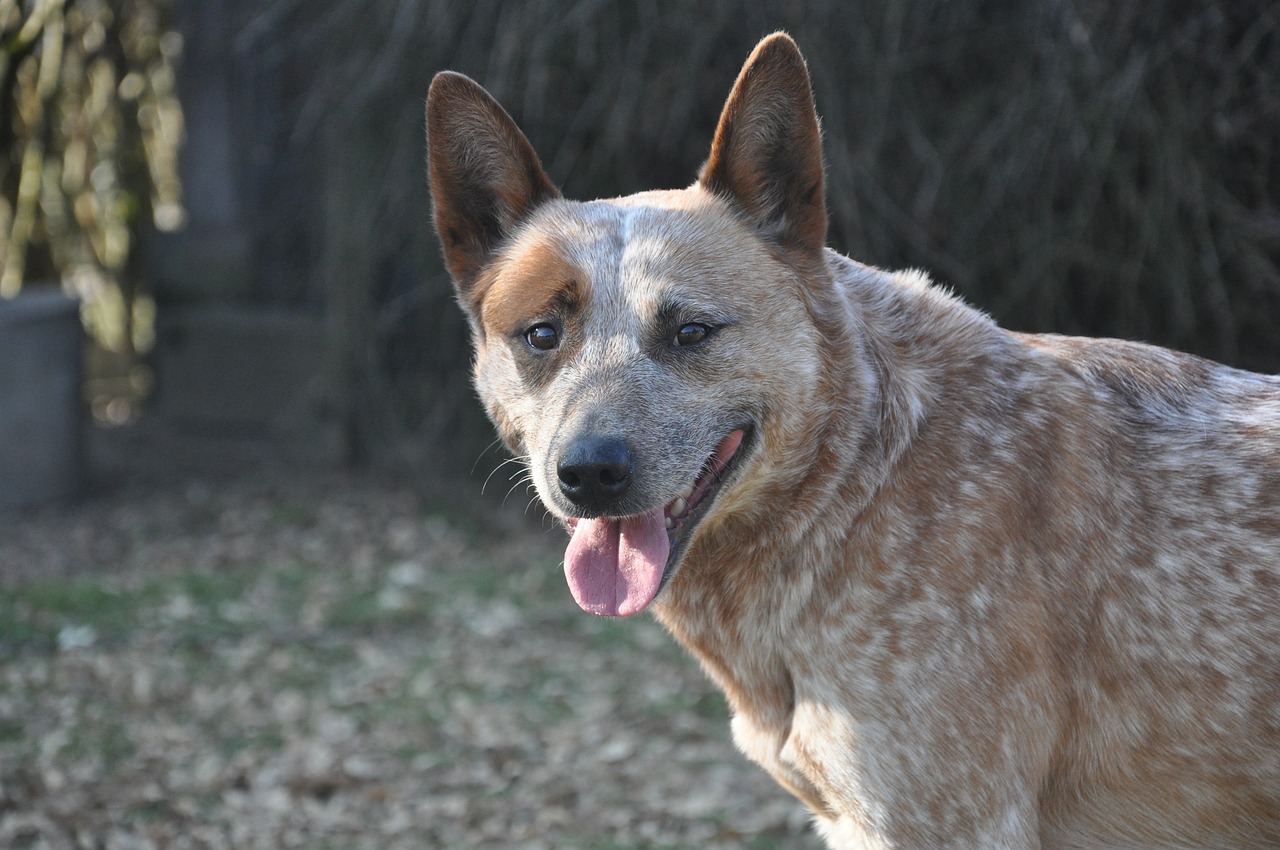
What are dog warts?
Canine viral papillomatosis is a serious condition, right? The term “canine viral papillomatosis” is a technical name for dog warts or papillomas. Dog warts are rarely a serious condition, but it is important to be aware of the symptoms so that you do not confuse them with more dangerous diseases.
Warts can affect any dog but are most common among dogs that are immunosuppressed and spend lots of time with other dogs. Warts are more common on the lips of young dogs, and older dogs’ skin is also affected. Some breeds are also at a higher risk for dog warts.
- Shar-Pei
- Cocker Spaniels
- Miniature Schnauzers
- Kerry Blue Terriers
- Pugs
Dog Warts Symptoms

The warts on dogs are often shaped like small heads of cauliflower. However, there are other types, such as an inverted papilloma, which is a lumpy, firm growth with a central dot, and dark, rough plaques.
The warts may appear in the mouth of the dog, near the eyes, or between its toes.
Occasionally, a dog will develop a small number of warts. These are often so tiny that they can be easily missed. Other dogs may have warts covering entire areas of their body. Dogs with warts around their mouths may have difficulty eating and drinking normally. Lameness can be caused by warts that are on the dog’s foot, especially if they become infected or injured.
What causes dog warts?
Infection with papillomaviruses is the cause of warts in dogs. There are many different canine papillomaviruses, each of which tends to produce a specific form of disease.
Warty dogs are infectious to their own kind but not to people or other animals. A dog with a papillomavirus infection is immune only to the virus they have been exposed to.
Papillomaviruses can survive in the environment and spread to other dogs. Papillomaviruses can enter the dog’s body via a skin break. Infection occurs when the immune system is unable to fight the virus. Warts usually appear four to six weeks after the dog has been infected by papillomavirus.
What can veterinarians do to diagnose dog warts?
A veterinarian will diagnose dog warts in most cases with a simple physical exam. In cases where there is any doubt about the diagnosis, a veterinarian may remove tissue samples and send them to a pathologist.
Dog Warts: Treatment

As the dog builds up immunity to the virus, warts will usually disappear over a period of six to eight weeks. There are some instances when treatment by a veterinarian is required:
- Dog warts can cause secondary symptoms such as lameness, inability to eat or drink, and eye irritation.
- The warts can bleed, or they may become infected.
- Rarely, cancerous tumors can develop from warts. Warts present longer than 3 to 5 months are generally treated.
- Warts can be difficult to remove from dogs who take immunosuppressive medication or suffer other serious conditions.
- The best treatment is surgical removal if only a few warts are present. The wart can be removed with a laser or a surgical scalpel.
When a dog has a lot of warts, medication is often required. It’s hard to tell how effective the treatments are because most warts on dogs disappear by themselves. Veterinarians have tried the following treatment options:
- Interferon: a medication orally administered that stimulates your immune system
- Imiquimod is a topical antiviral, anti-tumor, and antiviral medication.
- Cimetidine An oral medicine that can have an effect on your immune system
- Azithromycin Treatment with this orally administered antibiotic was effective in a study.
- Immunostimulation Giving a vaccination made of a dog’s warts, or Immunoregulin suspension (a suspension of Propionibacterium Acnes bacteria killed) to stimulate the immune response against the virus
- Reducing immunosuppression.if you can, reduce or discontinue the dosage of immunosuppressive medications and treat more aggressively any disease that is having a negative effect on your dog’s immunity system.
How to prevent the spread of dog warts

You can take a number of steps to protect your dog against warts. Do not allow your dog to play or interact with any dogs that have warts. The protective quality of the skin on your dog is affected (by wounds, rashes, etc.). If your dog’s immune system does not function normally or if their skin is damaged, you should not bring them into areas with other dogs, such as parks, kennels, and doggy daycares.
If, in spite of your efforts, you find that your dog has warts on its skin, isolate them from the other puppies until they have all disappeared.